-
Disaster evacuation plans need to incorporate family perspectives
A recent study sponsored by the National Science Foundation found that most respondents felt the evacuation of New Orleans residents to the Superdome after Hurricane Katrina was a “failure” and this opinion has shaped their willingness to accept shelter if offered in an emergency evacuation
-
-
Emergency response for the disabled
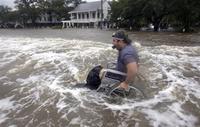
Roughly 56 million Americans have a disability and with many living without a telephone or television, communicating with them in the event of a major disaster is no easy task; to address the needs of disabled Americans during natural and manmade disasters, emergency officials recently participated in a seminar called “Planning for the Whole Community”
-
-
Disaster-proofing email servers for maximum resiliency
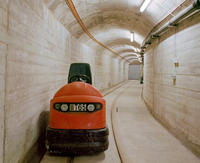
On Tuesday Databarracks announced the launch of its Hosted Exchange solution, which allows companies to host email servers in a virtually indestructible location – a former U.K. Ministry of Defense bunker designed to protect critical systems in the event of a nuclear war
-
-
Japan tsunami waves merged, doubling power
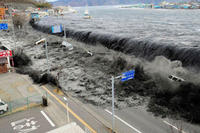
Researchers have discovered that the destructive tsunami generated by the March 2011 Tōhoku-Oki earthquake was a long-hypothesized “merging tsunami” that doubled in intensity over rugged ocean ridges, amplifying its destructive power before reaching shore
-
-
U.S. 2011 billion-dollar disasters
The National Oceanic and Atmospheric Administration (NOAA) has recalculated the number of weather disasters in the United States which passed the billion dollar mark; NOAA added two disasters, pushing the 2011 tally to twelve billion-dollars-or-more disasters; these disasters caused more than 1,000 deaths and inflicted damaged estimated at $52 billion
-
-
New severe-weather alert service launched
Reddaway has announced a new Service Alert process that will inform customers about situations that may impact their supply chain
-
-
Local towns signing up for Twitter and Facebook for emergency comm.
Following the lead of several other cities and federal agencies, the town of Wilton, Connecticut recently launched a Facebook page and Twitter account to help communicate with residents and share information during a disaster
-
-
Making sure skyscraper foundations stand up to earthquakes
Engineers are preparing to conduct the first rigorous tests of how the steel columns that secure skyscrapers to their foundations stand up during earthquakes, research that could make the towering structures safer — and perhaps less expensive to build
-
-
Strong ground motion shows need to modify building codes
Population growth and scarcity of undeveloped metropolitan land have changed urban land use patterns and placed an increasing number of people and infrastructure in areas susceptible to topographic effects during earthquakes; building codes should take such trends into account
-
-
Chicago emergency officials preparing for harsh winter
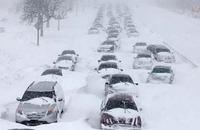
As Chicago braces for an especially brutal winter, the Cook County Department of Homeland Security and Emergency Management is doing its best to prepare residents, emergency responders, and work crews for the worst weather in the nation
-
-
CBP buys new risk management tool
Customs and Border Protection (CBP) Office of Technology Innovation and Acquisition (OTIA) is replacing existing risk management systems with a product from a U.K. company to bolster the department’s risk and opportunity management capabilities
-
-
Earthquake science put on trial, quake experts accused of manslaughter
In an unprecedented turn of events, an Italian court has put the heart of earthquake science on trial by accusing seven Italian earthquake experts for failing to warn residents about a 2009 earthquake that killed 309 people
-
-
New Jersey teams with Target for disaster response
During the next major disaster, New Jersey emergency responders will receive assistance from the big box retailer Target; last week the company announced that it had officially teamed up with New Jersey’s Office of Homeland Security and Preparedness to assist state and local officials in the event of a major disaster or terrorist attack
-
-
Animals as earthquake forecasters
Animals begin to behave strangely in the days leading to an earthquake. Researchers find that the chemistry of ground water changes in the run up to an earthquake, and that animals sense these chemical changes and begin to move away. Scientists suggest animal behavior could be incorporated into earthquake forecasting.
-
-
Real disasters hurt annual national disaster drill
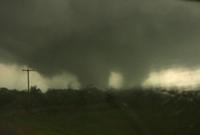
This year the federal government’s annual nationwide disaster drill was hampered by actual disasters; due to an unusually severe series of natural disasters across the country, several states, local agencies, and federal employees were unable to participate in the Federal Emergency Management Agency’s National Level Exercise as they were too responding to real emergencies
-
More headlines
The long view
The Surprising Reasons Floods and Other Disasters Are Deadlier at Night
It’s not just that it’s dark and people are asleep. Urban sprawl, confirmation bias, and other factors can play a role.
Why Flash Flood Warnings Will Continue to Go Unheeded
Experts say local education and community support are key to conveying risk.
